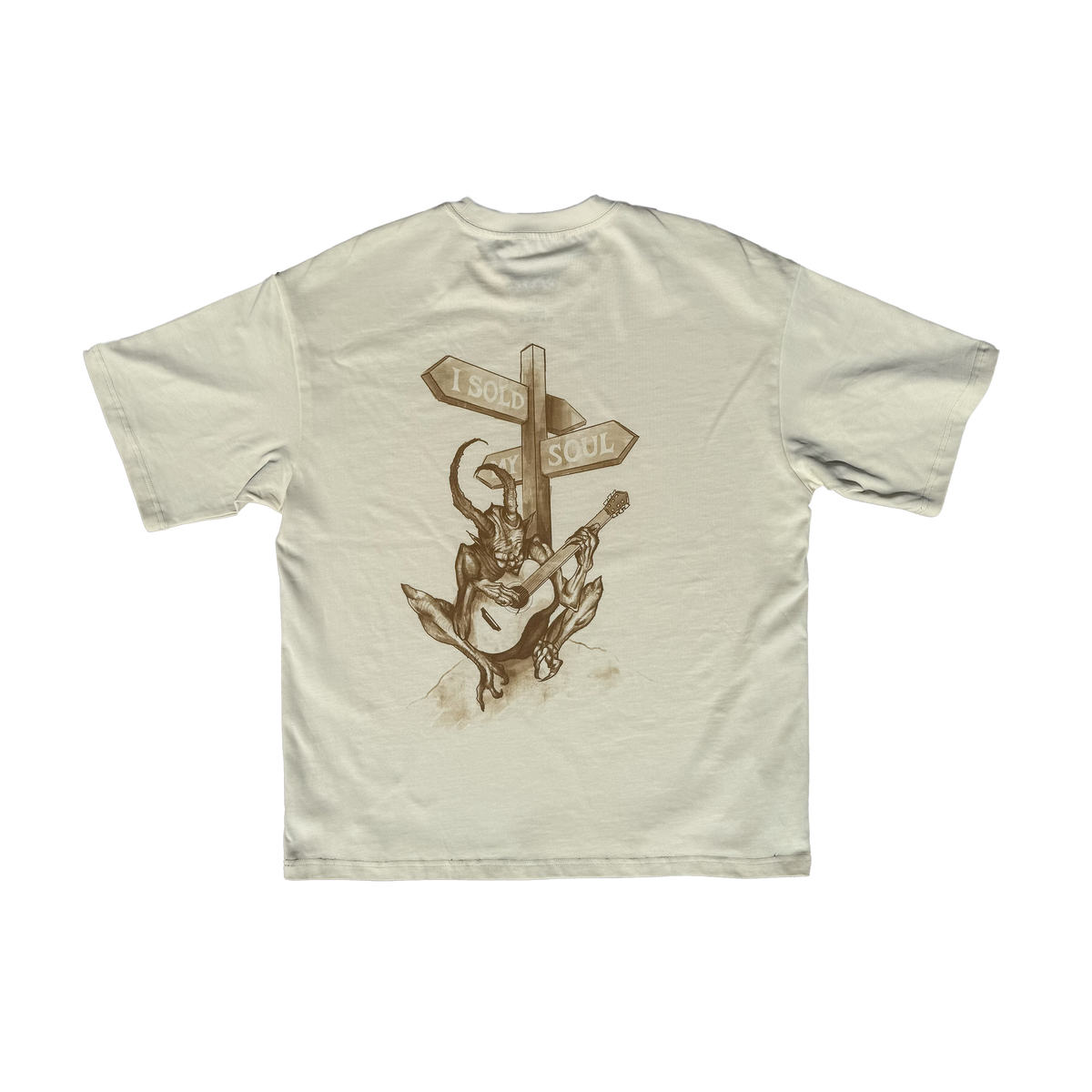If you’ve ever wondered where the guitar was invented, you’re not alone. This iconic instrument has a rich history that spans centuries and cultures, evolving from ancient stringed instruments to the modern guitars we know today. While pinpointing an exact "invention" spot is tricky, we can trace its origins with some fascinating historical context.
The guitar, as we recognize it, wasn’t invented in a single place or moment. Instead, its roots lie in ancient stringed instruments from regions like Mesopotamia and Egypt, dating back over 3,000 years. However, the direct ancestor of the modern guitar emerged in Europe, specifically in Spain, during the late Middle Ages and Renaissance. Let’s break down this journey.
Ancient Beginnings
The earliest stringed instruments, like the tanbur and oud, appeared in the Middle East and North Africa. These instruments, often made with wooden bodies and gut strings, were played by plucking or strumming—much like early guitar techniques. The oud, in particular, spread across the Mediterranean through trade and cultural exchange, influencing European instrument design.
The Guitar’s European Evolution
By the 8th century, the oud had made its way to Spain via the Moorish conquest. Over time, it inspired instruments like the vihuela and early versions of the guitar during the Renaissance. Spain became a hub for guitar development, with craftsmen refining its shape and sound. By the 17th and 18th centuries, the guitar began to resemble the six-string design we’re familiar with, often attributed to Spanish luthiers like Antonio de Torres Jurado, who revolutionized its acoustics in the 19th century.
Why Spain Gets the Credit
While the concept of stringed instruments existed globally, Spain is widely recognized as the birthplace of the modern guitar due to its cultural and technical contributions. The instrument became central to Spanish music, from flamenco to classical styles, cementing its identity. From Spain, the guitar spread across Europe and the Americas, adapting into various forms like the acoustic, electric, and bass guitar.
So, while the guitar’s story begins in ancient times, its modern form was truly shaped in Spain. Next time you strum a chord, you’re playing a piece of history that connects cultures across millennia. Curious about a specific guitar style or era? Let us know in the comments!
























